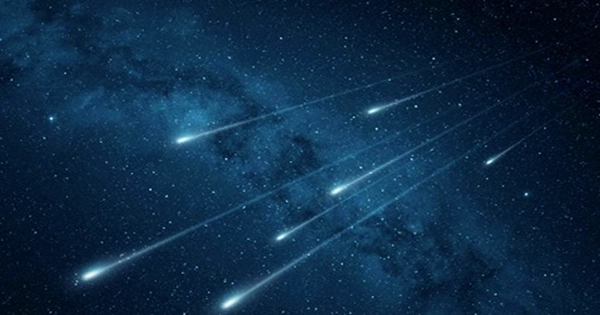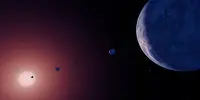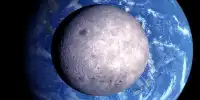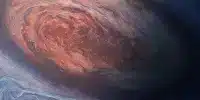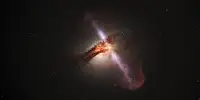November has already begun to be a fiery month for meteors thanks to a swarm of fireballs from the Taurid meteor shower. The Leonids’ arrival next week may bring a severe meteor storm.
The Leonids are regarded as a speedy shower, producing quick, bright shooting stars, whereas the Taurids are noted for moving somewhat slowly as they burn up in the atmosphere and produce many fireballs (particularly this year).
The Leonids produce an incredible frenzy of fire in the sky a few times per century, with hundreds or even thousands of shooting stars visible per hour.
Dust, debris, and other waste products from Comet Tempel-Tuttle are to blame. Around this time each year, comet sand clouds left over from past excursions around the solar system drift over our globe. And it appears that we encounter a very dense pocket of matter, producing such a storm, around every 33 years. The most recent occurrence of this was in 2001, which was a bit of a bonus since it occurred just two years after a storm that was anticipated in 1999.
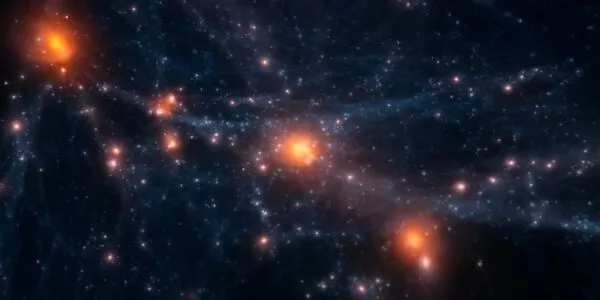
Although it won’t be until 2031 before the next Leonid meteor storm from that branch of debris, these things can happen sooner. The American Meteor Society predicts that there is a possibility that a separate dust field connected to the comet’s 1733 flyby may be visible in 2022. This might yield anything from 50 to 200 meteors per hour in the latter hours of November 18 into the morning of November 19.
Again, none of this is certain because meteor showers are incredibly unpredictable. But in the best-case scenario, there might be a few spectacular nights for stargazing. On November 17, from late evening to just before dawn, the Leonids are predicted to reach their usual peak.
Under perfect viewing circumstances, 10 to 15 meteors should be visible every hour. If we’re lucky, we might experience an eruption the following night that causes those numbers to rise by an order of magnitude.
You should go for a location with a wide view of an unclouded sky and no light pollution if you want to see the show. Using a program like Stellarium, locate the constellation Leo, and position yourself so that Leo’s head is in the middle of your field of vision. This region of the sky will appear to radiate leonid meteors, hence the name.
Although it’s not necessary to position oneself in this way because the meteors will be moving all over the sky, it might improve matters.
To avoid having any shooting stars obscured by the waning moon, it is perhaps slightly more crucial to do so.
Just sit back and unwind after you’re settled in. If you give the experience a full hour or more, you should be on your way to seeing at least a few meteors once your eyes have adjusted.
